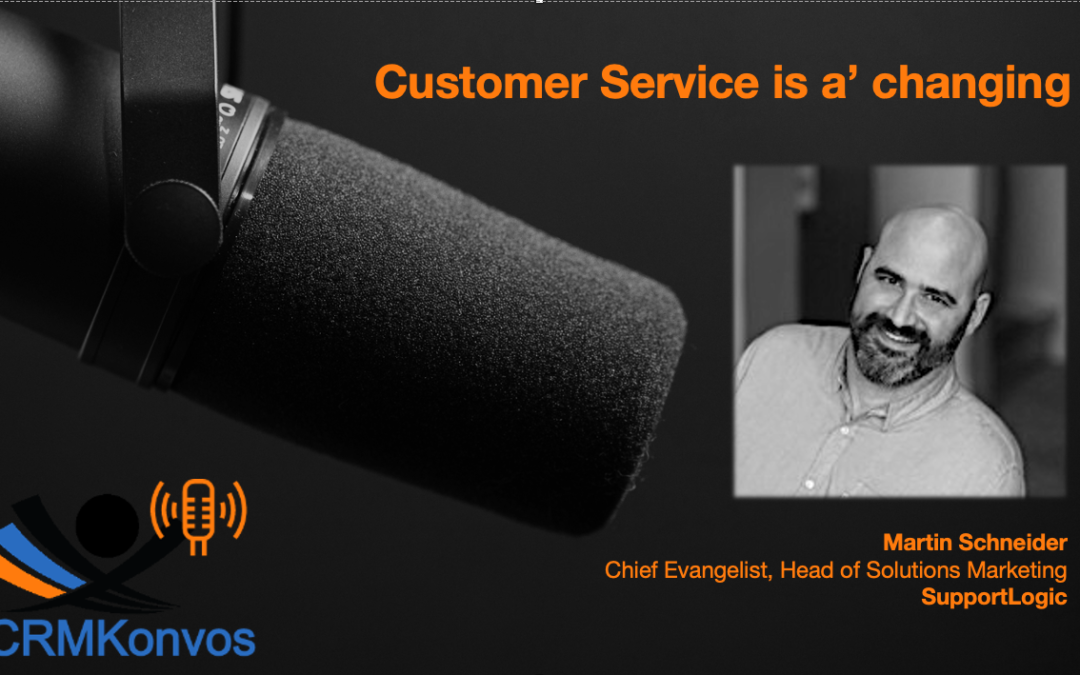
by twieberneit | May 2, 2024 | Analysis, Blog |
The News On April 15 to April 18, 2024, Zendesk held its annual Relate event, including a half day analyst track on April 15. The event was attended by around 1,600 customers, partners and analysts. It was about Zendesk’s strategy, which revolves around – no surprise here – AI to deliver better customer experiences. As part of this strategy, Zendesk also made clear how the past twelve month’s acquisitions of Klaus, Ultimate, and tymeshift get integrated into Zendesk’s customer service offerings, enriching and rounding them off. The company is betting big on AI, working on the assumption that interaction volumes between customers and companies are continuing to increase very fast. As a conclusion of this, service needs to become AI driven to accommodate this scale. Secondly, Zendesk sees AI as the technology underlying the necessary high degree of personalization. Together, this is estimated to increase the market size available to CX solutions that automate CX labor tremendously. At the event, Zendesk had three key announcements. They were AI agents to improve self service solutions, a copilot that helps agents solve incoming tickets faster and provides insight to further optimize the service and a workforce engagement solution that helps improve the productivity of digital and human agents as well as the quality of conversations. Behind all this lies the recognition that customer service is very much conversational. Customers and partners that I talked with had a keen interest in learning more about AI use cases. Many of them had started to use AI but estimated themselves still in early stages. The bigger picture The customer service software market has become...

by twieberneit | Jan 12, 2024 | Analysis, Blog, News |
The news On January 8, 2024, Zendesk announced the acquisition of Klaus, “the industry leading AI-powered quality management platform”. With AI driving a rapid increase in customer service interactions it is necessary for customer service teams to become more efficient while maintaining their quality of service. This is accomplished by a combination of digital and human agents across an increasing number of channels. Ensuring good quality requires a QA solution that is capable of scoring 100 percent of customer interactions, which is what Klaus’s AI is capable of. In doing this, it “pinpoints conversations with positive or negative sentiment, identifies outliers, churn risk, escalations, and necessary follow-ups. According to Zendesk, most QA software does handle only one to two percent of all customer interactions. With workforce enablement management capabilities, Klaus enables the identification of knowledge gaps and coaching opportunities with the goal of improving agent performance and productivity. The result is higher customer satisfaction. According to Martin Kōiva, CEO and founder of Klaus, “Zendesk and Klaus share a vision of Ai-led, personalized CX with businesses fully anticipating and acting on their customers’ needs. QA software plays a critical role in this, ensuring consistency, assessing both human and digital agent performance and providing actionable insights for strategic planning. As part of Zendesk, we will continue to build and deliver thes crucial capabilities, but now at an even greater scale”. The bigger picture Customer service personnel works in a high-pressure environment with lots of turnover; even worse, as frontline workers, they are often the first ones to deal with customers who are already less than amused – equipped with tools that...

by twieberneit | Jan 20, 2023 | Blog |
Rest in peace, Social Media! Yes, I know, you have been pronounced dead numerous times already, and that as early as 2011 by the Sillicon Valley Watcher, if not earlier. You lived on. Still, now you really need to admit that you are a dead thing walking. You had a short, yet exhilarating life. And you, admittedly, developed astonishingly fast and far from your humble beginnings in the early 1970s and the first bulletin board systems around 1980. These have been the glory days of FidoNet, CompuServe, or AOL. SixDegrees.com followed later. The early noughts gave us a flurry of messaging systems, LinkedIn and XING, not to forget the infamous 4chan. Anno domini 2004 brought us Facebook, 2005 brought us YouTube, Twitter followed in 2006. Google attempted repeatedly to get the hang of you (Orkut, Google+, anyone?) and still has some messaging services up and running. All of these platforms have in common that they started up with the claim, some of them even with the objective, to make the Internet more social, to foster user generated content and to, ultimately, shift the power balance from corporations to their customers. Who does not remember the war cry “the customer is in control”. This referred to the idea that the customer could get more information that is not controlled by brands, so that they can be better informed, instead of being forced to rely on corporate broadcasts. This should have been achieved by giving customers a voice that is as strong as the corporate one, albeit without the (marketing) budget behind. In line with the definition of social, it enabled...

by twieberneit | Sep 18, 2022 | Analysis, Blog |
The News On September 14, 2022, Zendesk announced the release of its new customer sentiment and intent functionality: Intelligent Triage and Smart Assist. These new AI based solutions shall “enable businesses to triage customer support requests automatically and access valuable data at scale. Intelligent Triage and Smart Assist are the next step in Zendesk’s vision to create accessible CX AI for companies of all sizes. The technology uses proprietary industry expertise and insights from trillions of customer data points and applies a vertical lens. This creates models custom to each business capable of identifying the intent, language and sentiment of each customer interaction. This unique approach to applying machine learning creates more personalized and informed interactions to better serve customers. For example, specific inquiries, such as “I’m having problems with payment”, can be automatically sent to an agent who is equipped to handle billing for a quicker resolution, while inquiries that include language written in all capital letters or in a sarcastic way will indicate a highly negative sentiment and be routed to the top of the queue. The new capabilities include: Instantly route and prioritize revenue drivers, ensuring agents are working on business-critical requestsAnalyze distribution of requests so businesses can better plan operations, collaborate across departments and identify improvement opportunities supported by data for more efficient CX operationsAutomatically guide agents on how to best resolve a customer’s issue in real-time, understand context, recommend solutions, and improve coaching and training with valuable insightsContinuously boost accuracy as the AI solutions receive feedback on predictions and recommendationsDetect sensitive information automatically to meet compliance and security needs or extract confidential data like...

by twieberneit | Dec 14, 2021 | Blog, CRMKonvos |
Customer service is in the middle of a transition. Not only is technology capable of doing far more than it was, say, ten years ago, but also are customers expecting far more. That has a consequence for businesses. Automation and conversational AI are one thing. These technologies already help companies serving their customers more effectively, efficiently, and the customers way. But this is not enough! The same technologies that allow this, allow it for every company. Which means that one needs to elevate the game. How this elevation can happen using unstructured data to improve the customers’ service experiences by e.g. leveraging unstructured data to avoid escalations is something that Martin Schneider of SupportLogic has good and very interesting stories to tell about. He argues that systems must become more intelligent and that purpose built AI is the way ahead, of course fuelled by the demands and learnings of Pandemic times. In a nutshell he says: For years, people wer not harnessing the insights inside the unstructured data inside support interactions. Today we have the power to do so – in a sense, finding the logic and the trends etc. in support interactions that help guide the business, all driven by these support interactions. It is very worthwhile listening to him. And entertaining, too!...






